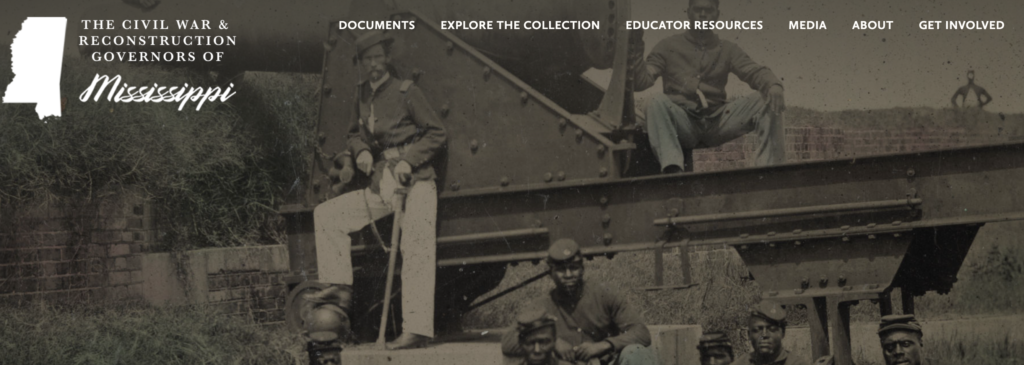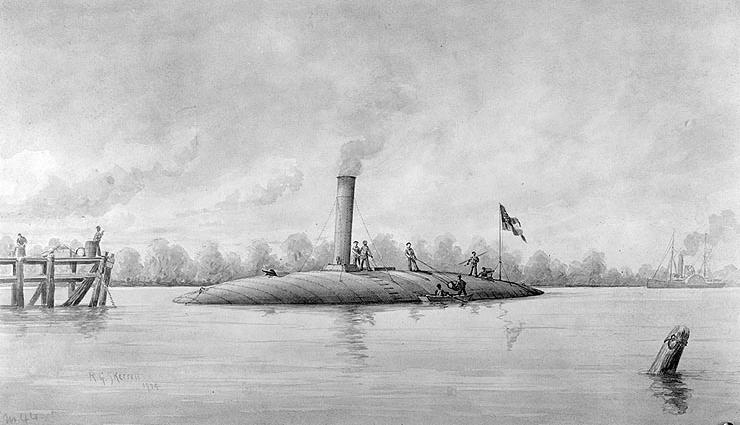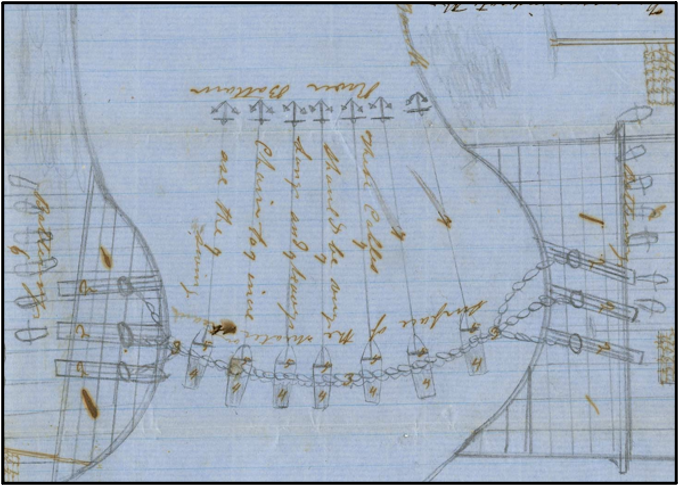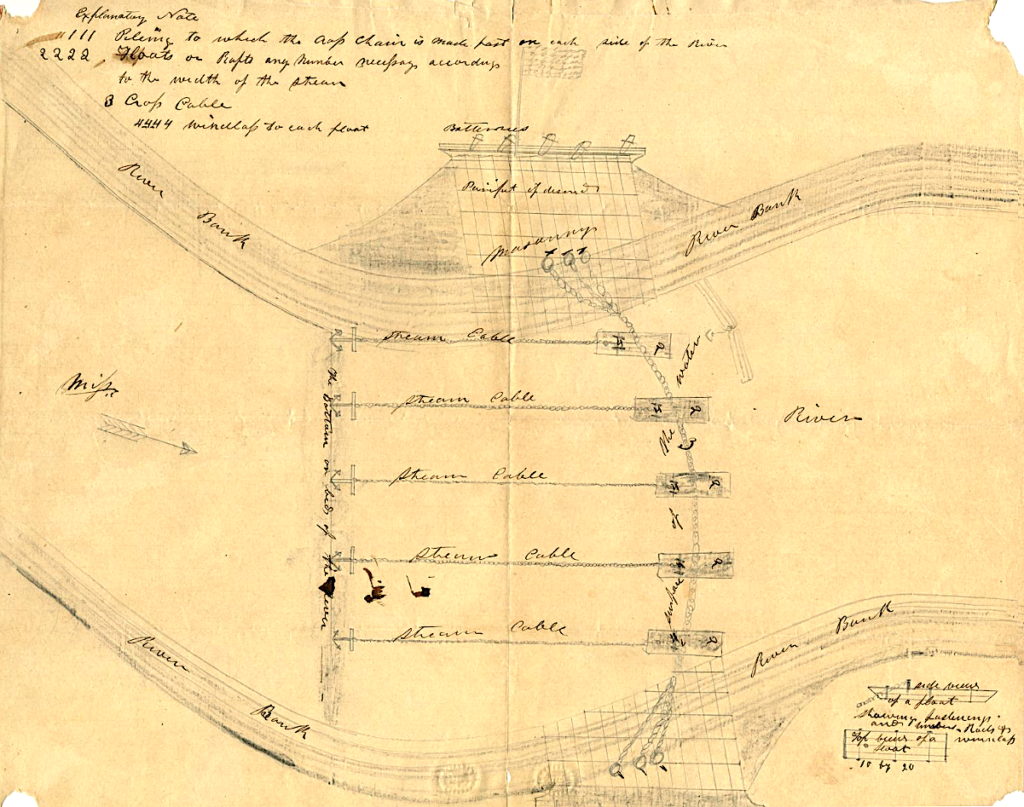By Susannah J. Ural, Ph.D.
CWRGM had a wonderfully productive year in 2022. We made 3,980 additional documents freely available at our website (our total is now just over 7,000 of a projected 20,000 documents). Each of these digitized documents contains metadata, transcriptions, and subject tags that enhance discoverability. We also made incredible progress on annotation, led by Senior Associate Editor Lindsey Peterson, who oversaw the team’s annotations for 991 places, 103 events, 68 organizations and businesses, 195 occupations, 55 social identifiers, five vital statistics. That means, by December 2022, all but 20 documents at CWRGM.org had some annotation and they averaged five annotated subjects per document (see our Annotation Protocols if you have questions about this process).
We also retained most of our talented 2021-2022 team members and added more students representing multiple colleges, universities, and community colleges from across the state: the University of Southern Mississippi, Millsaps University, Mississippi State University, The Mississippi University for Women, and Pearl River Community College. We lost two team members to other positions, but at least one of them secured that work in part due to what they had learned with us, which is wonderful to see . We were also joined by a first-rate new Assistant Editor, Sarah West (you can see our current research team and our alums here). We hosted an annual educator workshop that generated three more CWRGM lesson plans and led our first National History Day (NHD) workshop for students from Council Bluffs, Iowa (Kirn Middle School and Abraham Lincoln High School) and from Akron-Westfield, Iowa (Akron-Westfield Middle School). If you are leading or part of an NHD project, I encourage you to check out our NHD resource page and video.
While we’re pleased with this progress, Lindsey and I couldn’t help but wonder how users were exploring our site and if there are ways to improve their experience. We offer tips on how to “Explore the Collection.” And analytics can reveal data like how many people access the site, which pages they visit the most, and how long they stay on the site. But what about issues with discoverability and accessibility? We can gather feedback about errors or if users want to share more information about something in a document, but that doesn’t answer the question of how they explore the site and how we can make that experience as successful as possible.

This spring, CWRGM is focusing on that very issue, especially as it relates to the records of marginalized groups whose voices have been underrepresented in archives. Ours is a nineteenth-century collection of governors’ papers, and if you know anything about nineteenth-century Americans, it seems that everybody wrote to their governors about absolutely anything. Even people who could not write would find others to write on their behalf. We are thrilled with the diversity of our collection that spans the era of one of the most revolutionary times in U.S. history and the “finds” our volunteers and research team are making freely available to all. But we don’t know that equally diverse contemporary groups are “hearing” these voices today. That is, after all, one of our goals. We want this archive’s users to be as diverse as our collection; this is an archive for everyone, not just scholars and others who are wealthy enough to have the time and training to explore it successfully. So, how do we measure if we are accomplishing that goal? Furthermore, are users with different types of interests finding records as easily as we think they can? Is there something we could do to improve discoverability?
Lindsey and I had already tried to get at this information with simple surveys. We sent these to educators, to fellow Civil War-era scholars, to our advisory board, and we even reached out to genealogical and historical associations to send them to their entire membership. But we’ve received little feedback.
So Lindsey and I did what we always do when we hit an editorial wall — we reached out to our friends in the documentary editing community. Ben and Sara Brumfield, in particular, had some great suggestions that led us to two specific ventures this spring. The first involves partnering with The Luster Company, a consulting firm that specializes in unearthing and highlighting marginalized Black voices. The Luster Company will help us assess the current discoverability and accessibility features at our site, reach more diverse user groups to discover how they use CWRGM.org, and see if there are ways we can improve the site. We’re also working with individual chapters of the Afro-American Historical and Genealogical Society (AAHGS) to share our project with their members and workshop the collection. Our goal is to introduce the chapter members to the collection and then see how they, as trained and experienced historical genealogists specializing in African-American historical research, access our rich collection to see if there are ways to improve our digital organization and search features.
We’ll report back on the results of this venture, but we’re sharing our ideas now in case other documentary editors are facing the same dilemma or if any of you have successfully resolved this issue through other means. By all means – please let us know.
Susannah J. Ural, Ph.D. directs the Civil War & Reconstruction Governors of Mississippi Project. She is Professor of History at the University of Southern Mississippi where she directs the Center for Digital Humanities and is a senior research fellow in the Dale Center for the Study of War & Society. She is the author of numerous books and articles on the U.S. Civil War era.







